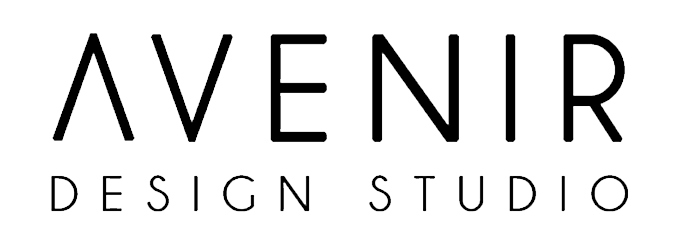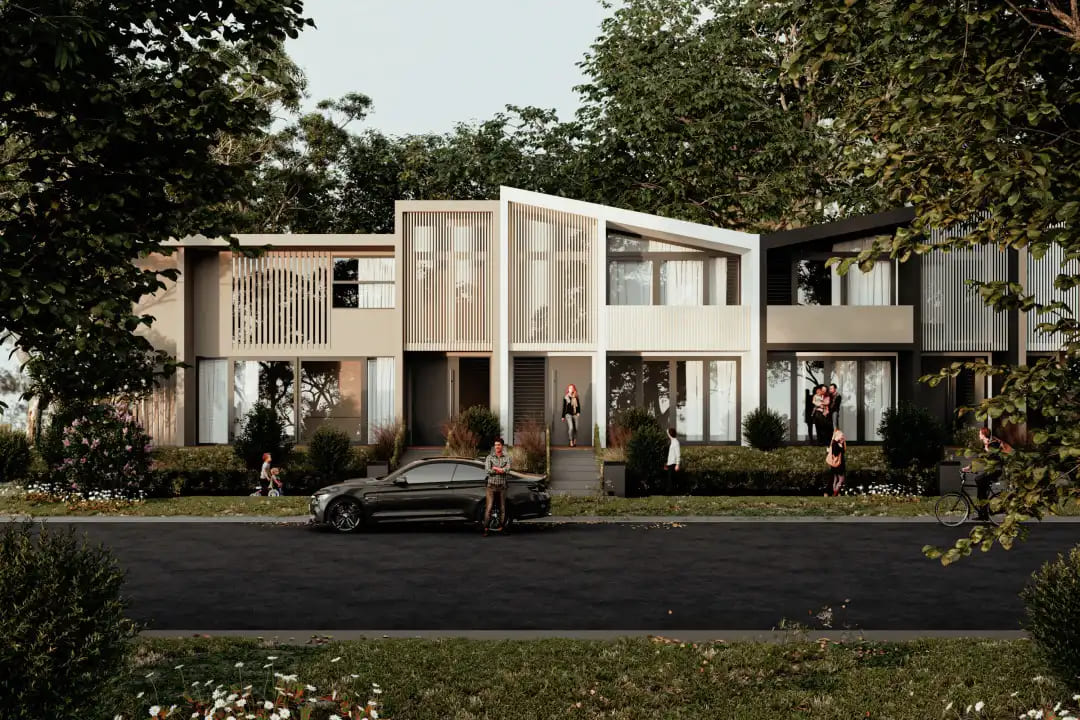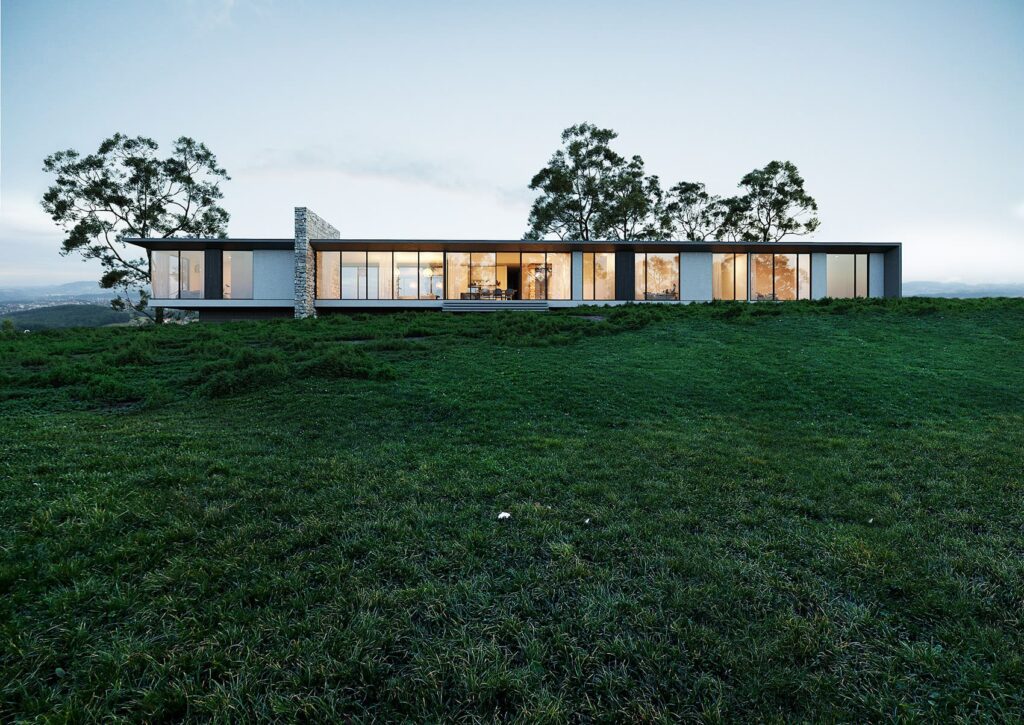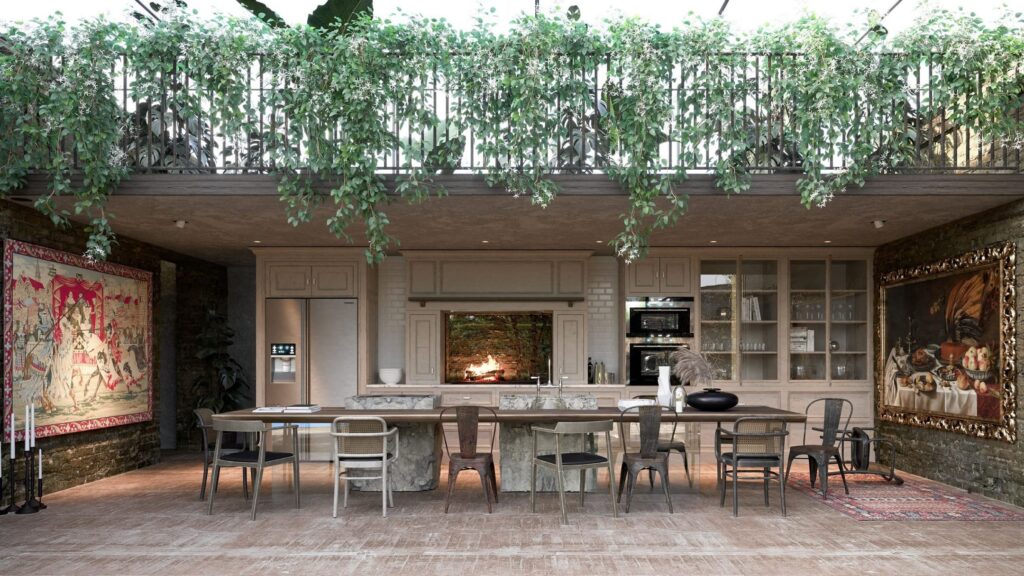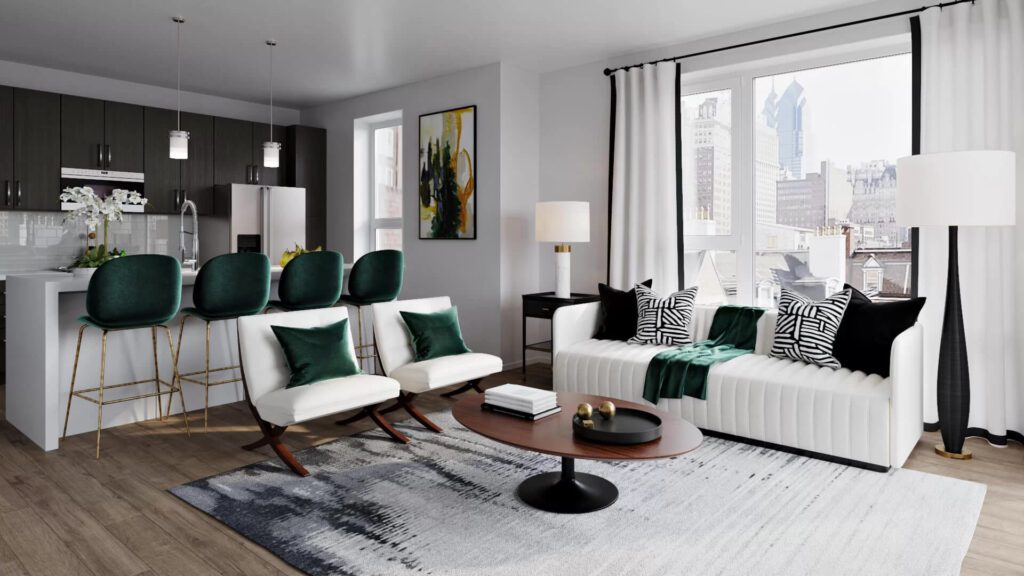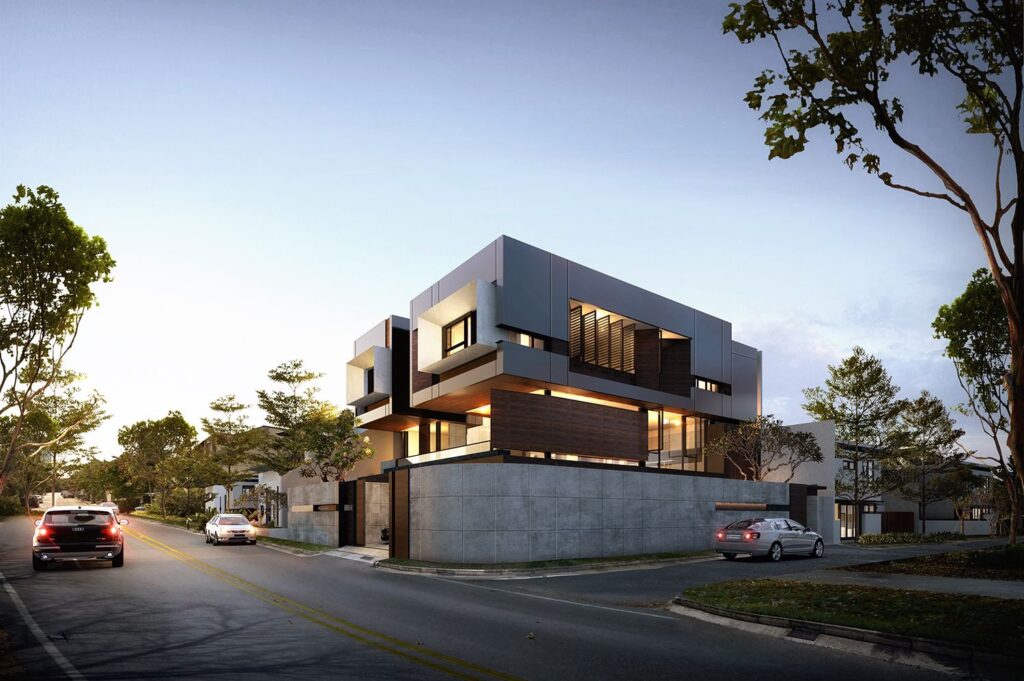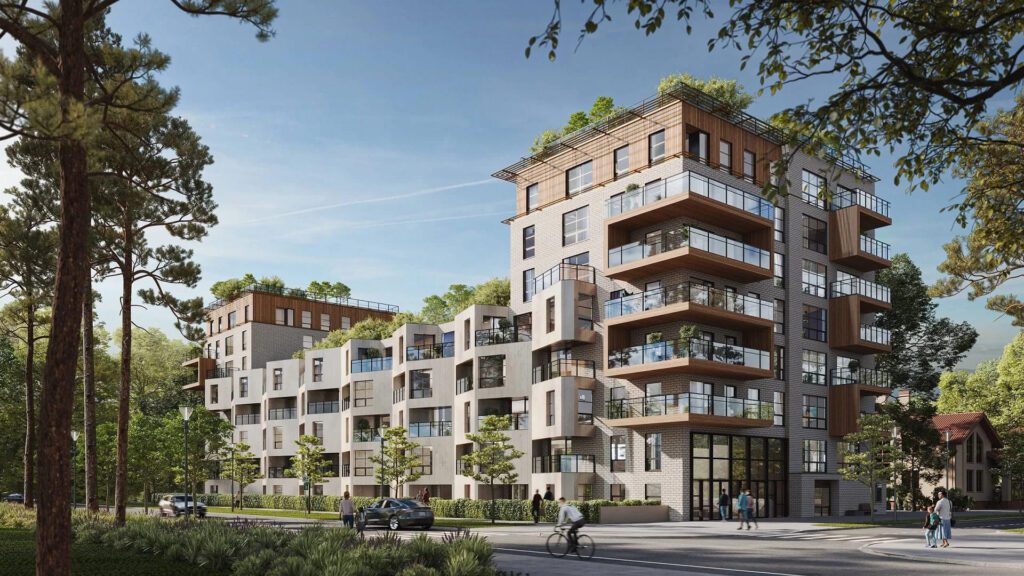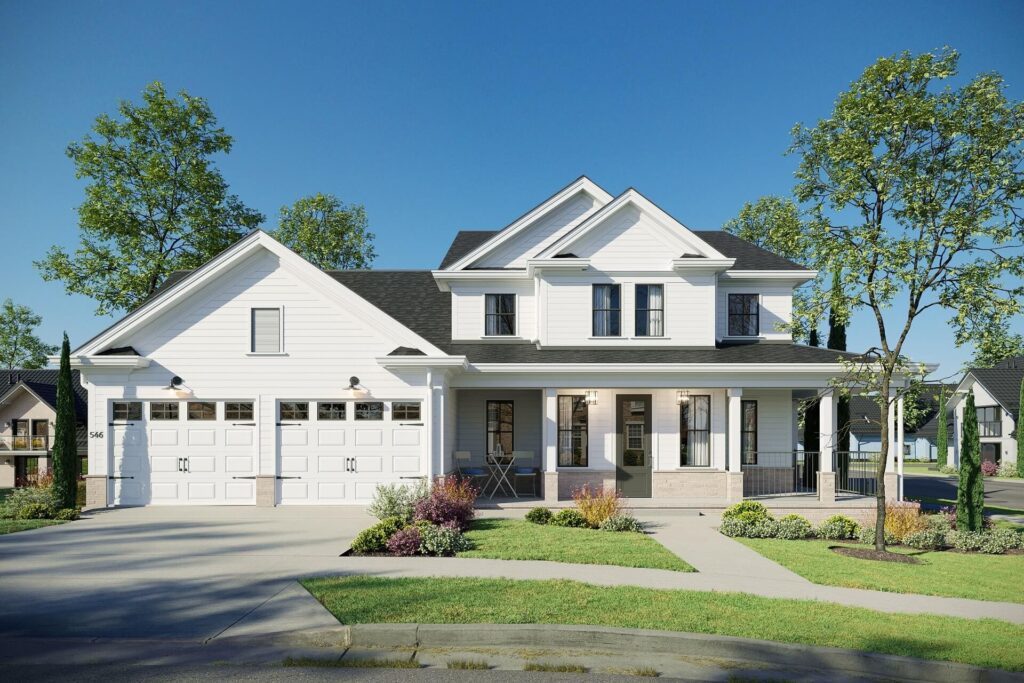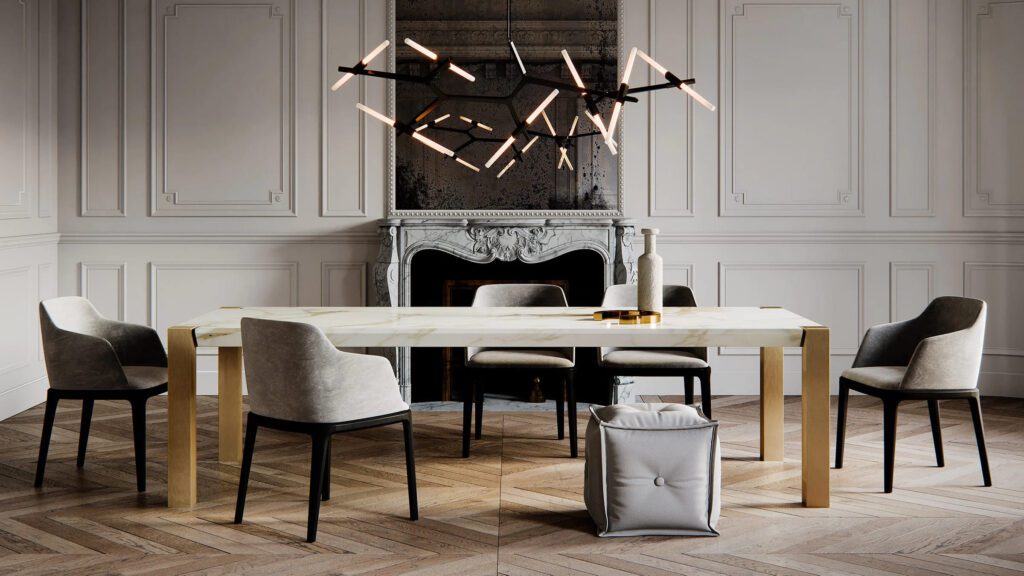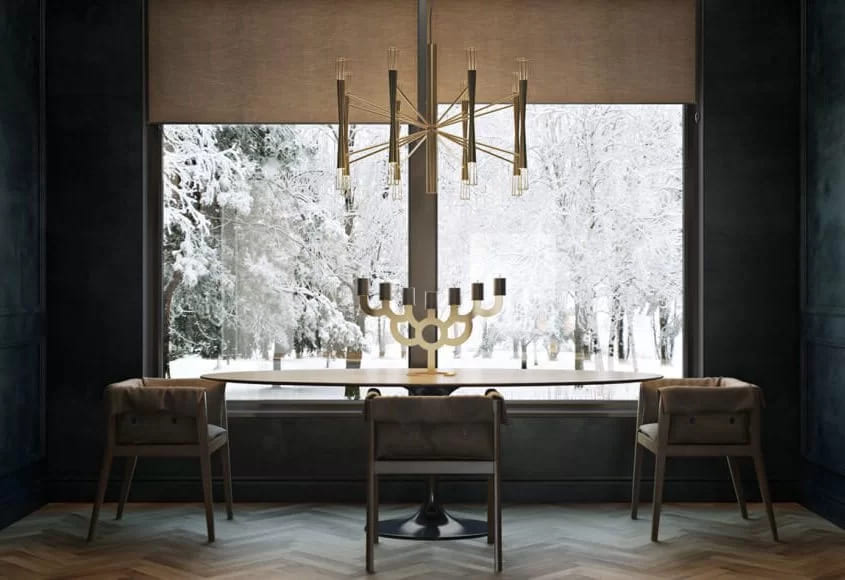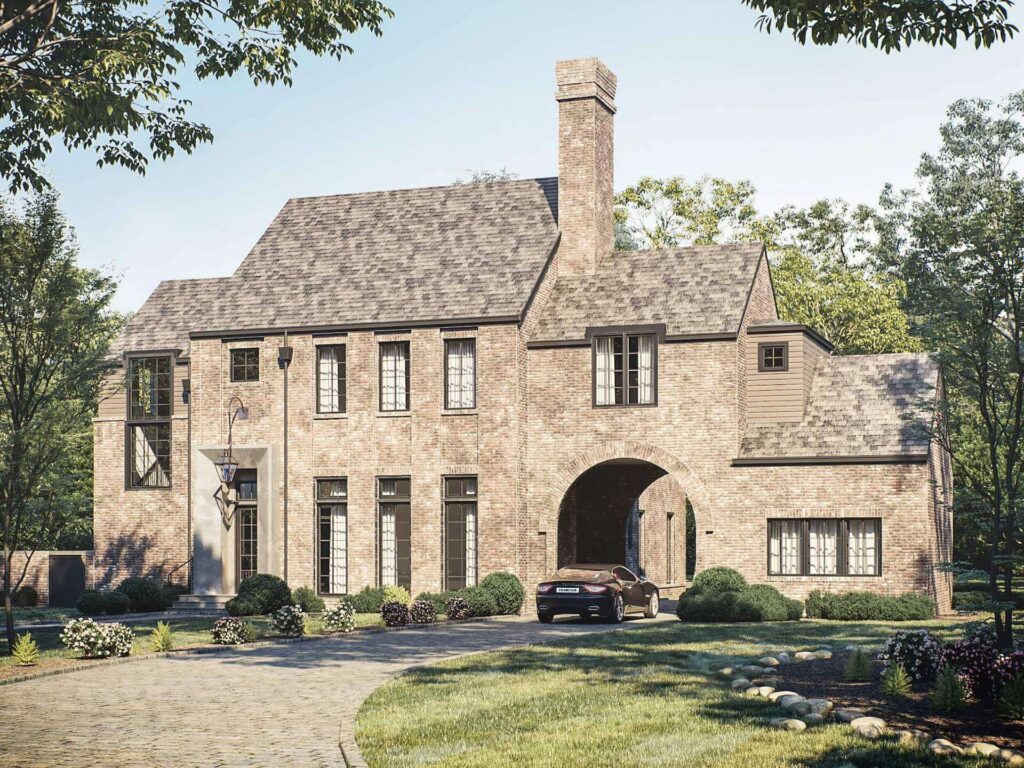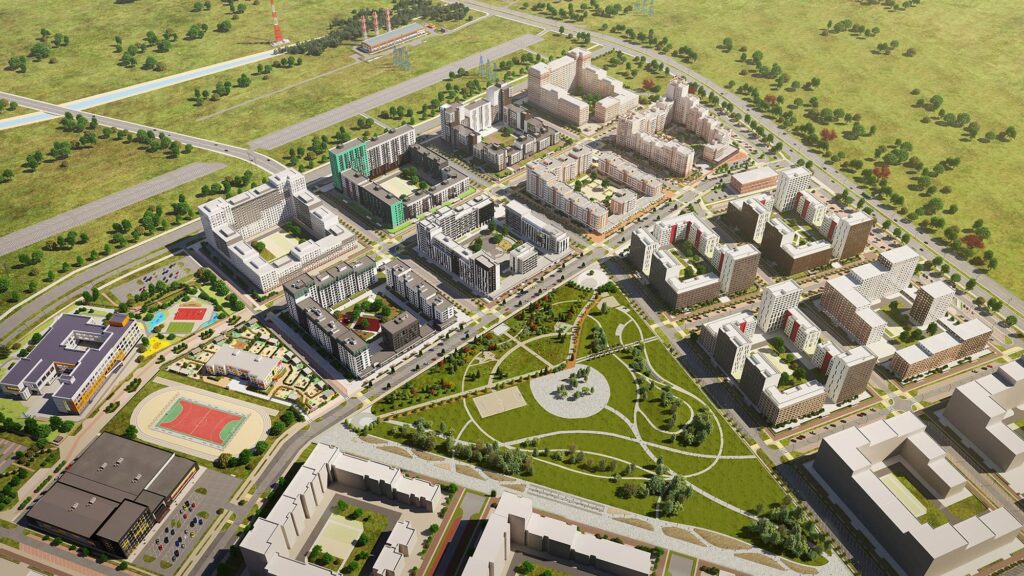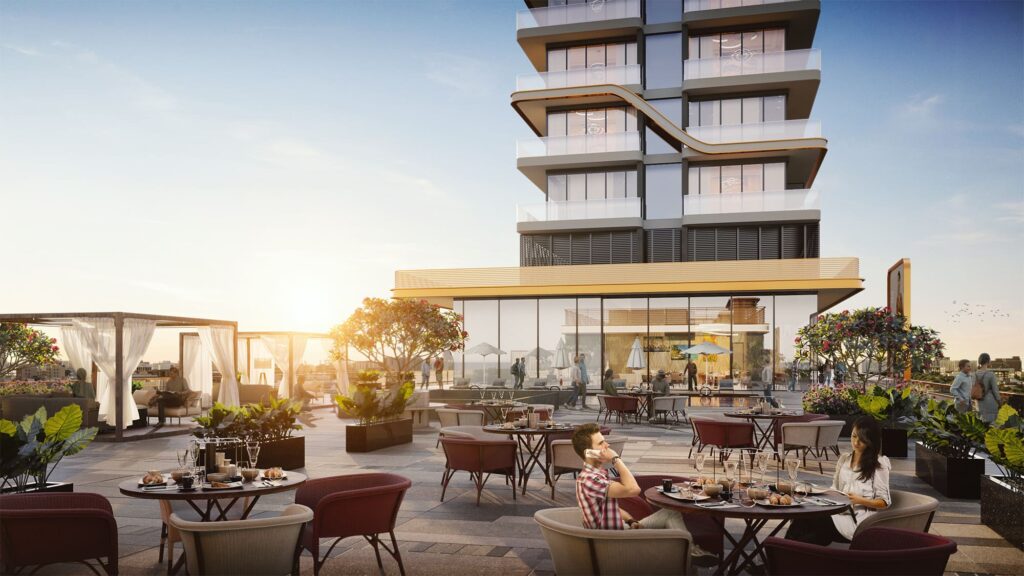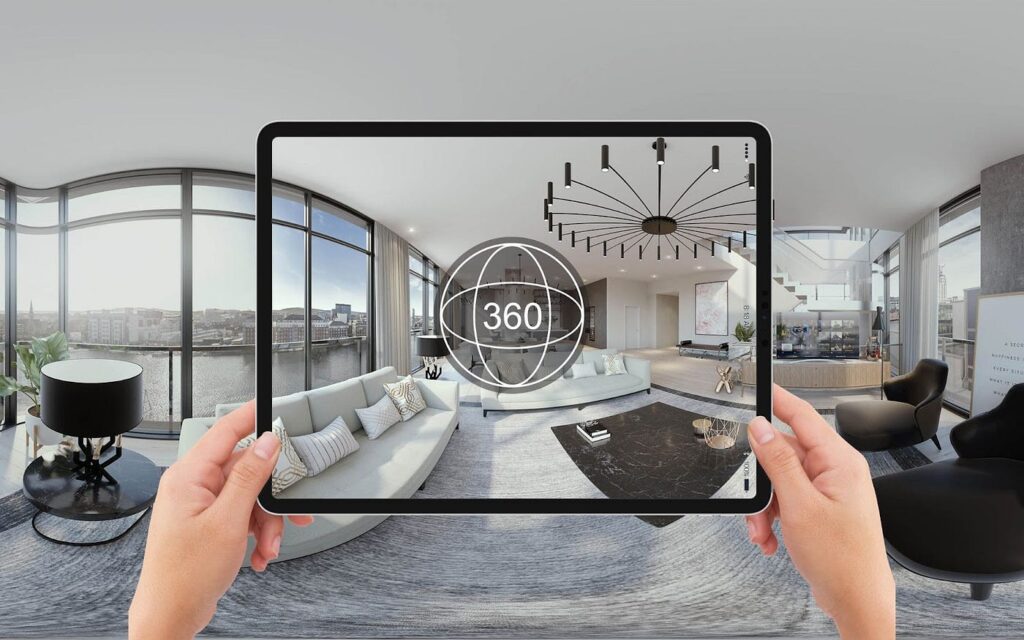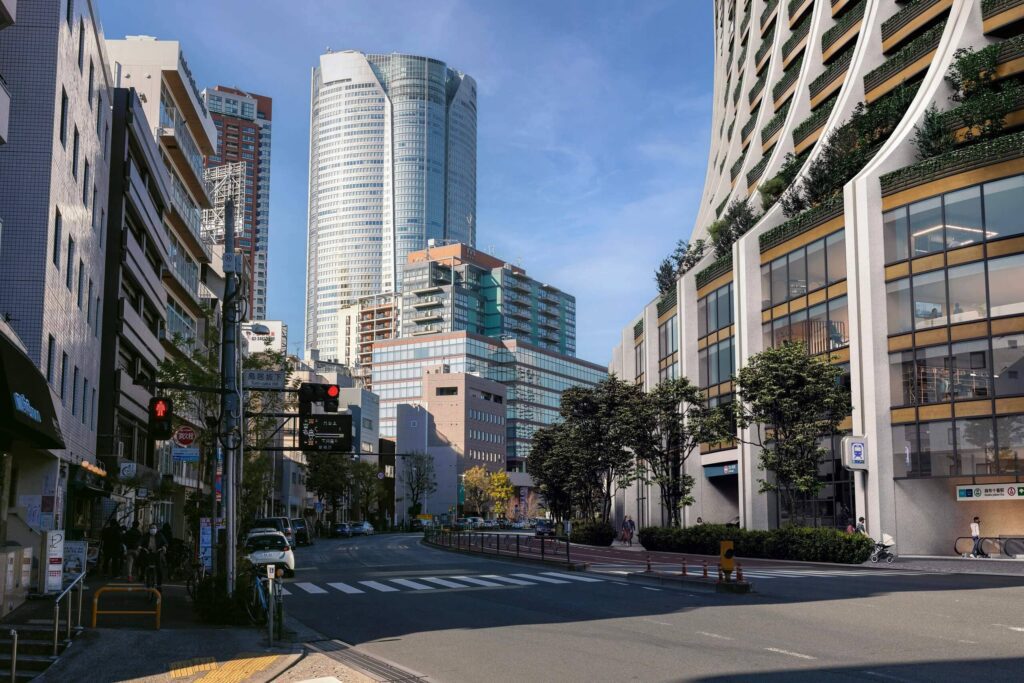Creating hyperrealistic 3D visualizations is a complex and challenging task that requires a keen eye for detail, technical proficiency, and artistic sensibility. Whether you are a professional 3D artist or an aspiring beginner, mastering the art of hyperrealistic 3D visualizations can elevate your work to the next level.
Explore below the five secrets to creating hyperrealistic 3D visualizations that will help you bring your designs to life.
1. Study Real Life
One of the key secrets to creating hyperrealistic 3D visualizations is studying real life meticulously. Observing and analyzing real-world objects, textures, lighting, and environments will provide you with invaluable insights that you can apply to your 3D designs. Pay attention to the way light interacts with different materials, the subtle imperfections in surfaces, and the overall composition of real-life scenes. This keen observation will inform your 3D visualizations and make them more authentic and realistic.
2. Master Texture Mapping
Texture mapping is a critical aspect of creating hyperrealistic 3D visualizations. Mastering the art of texture mapping involves understanding how to accurately apply textures to 3D models to mimic real-world materials. Utilize high-resolution textures, bump maps, displacement maps, and procedural textures to add depth, detail, and realism to your 3D designs. Pay attention to factors such as reflection, roughness, and color variation to achieve a more realistic portrayal of materials within your visualizations.
3. Harness the Power of Lighting
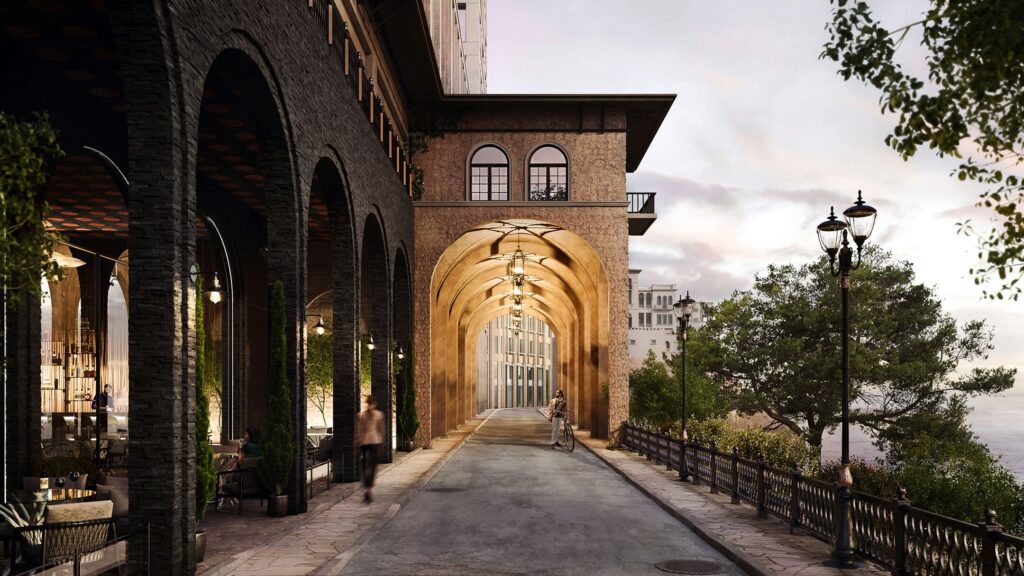

Lighting is a fundamental element that can make or break the realism of your 3D visualizations. Experiment with different types of lighting setups, including natural light, artificial light, and global illumination, to achieve the desired mood and realism in your scenes. Understanding the principles of light behavior, such as reflections, refractions, and shadows, will enable you to create visually striking and hyperrealistic 3D visualizations.
4. Focus on Detail and Depth
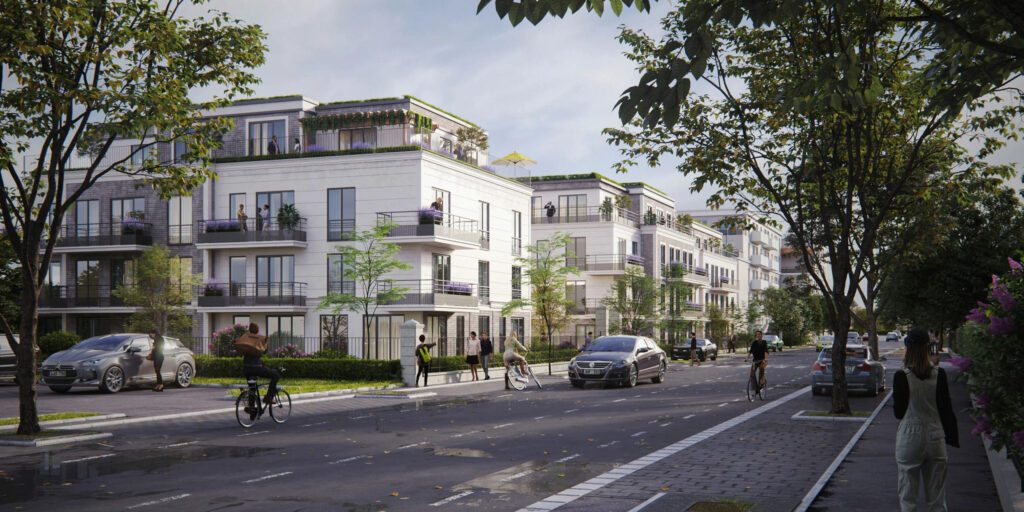

Hyperrealistic 3D visualizations often hinge on the incorporation of intricate detail and depth within the scene. Pay attention to small imperfections, such as scratches, dents, and wear and tear, to add authenticity to your 3D models. Additionally, integrating depth of field, atmospheric effects, and realistic camera settings can further enhance the hyperrealism of your visualizations, creating a sense of immersion and believability.
5. Continuously Refine Your Skills
Creating hyperrealistic 3D visualizations is a continuous learning process. Stay updated with the latest software tools, techniques, and industry trends to refine and expand your skill set. Experiment with new rendering engines, plugins, and post-processing effects to push the boundaries of realism in your 3D visualizations. Additionally, seek feedback from peers, mentors, and online communities to gain valuable insights and critiques that will help you improve and evolve as a 3D artist.
Creating hyperrealistic 3D visualizations requires a combination of technical expertise, artistic intuition, and a deep understanding of real-world elements. By studying real life, mastering texture mapping, harnessing the power of lighting, focusing on detail and depth, and continuously refining your skills, you can unlock the secrets to creating hyperrealistic 3D visualizations that captivate and inspire viewers.
Avenir Design Studio
Avenir Design Studio is a leading 3D visualization company known for creating stunning and hyperrealistic 3D visuals. With a focus on detail, texture mapping, and lighting, Avenir Design Studio brings concepts to life with unparalleled realism. Trust them for captivating and immersive visualizations that elevate your projects.
Interested in having your architecture and design projects brought to life by dedicated CGI professionals? Reach out to us for top-notch 3D visualization services and experience CG visuals that go above and beyond your expectations!
